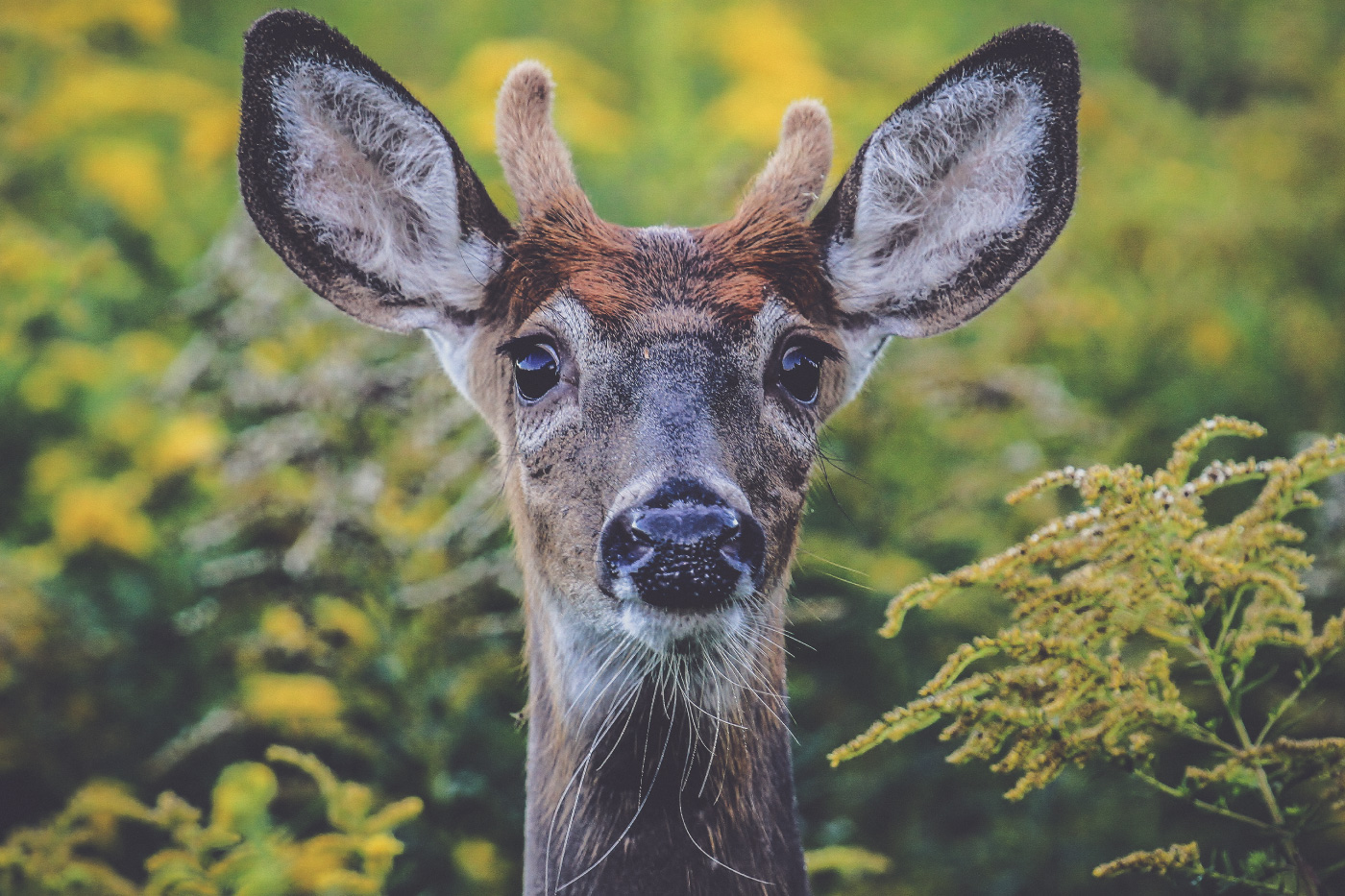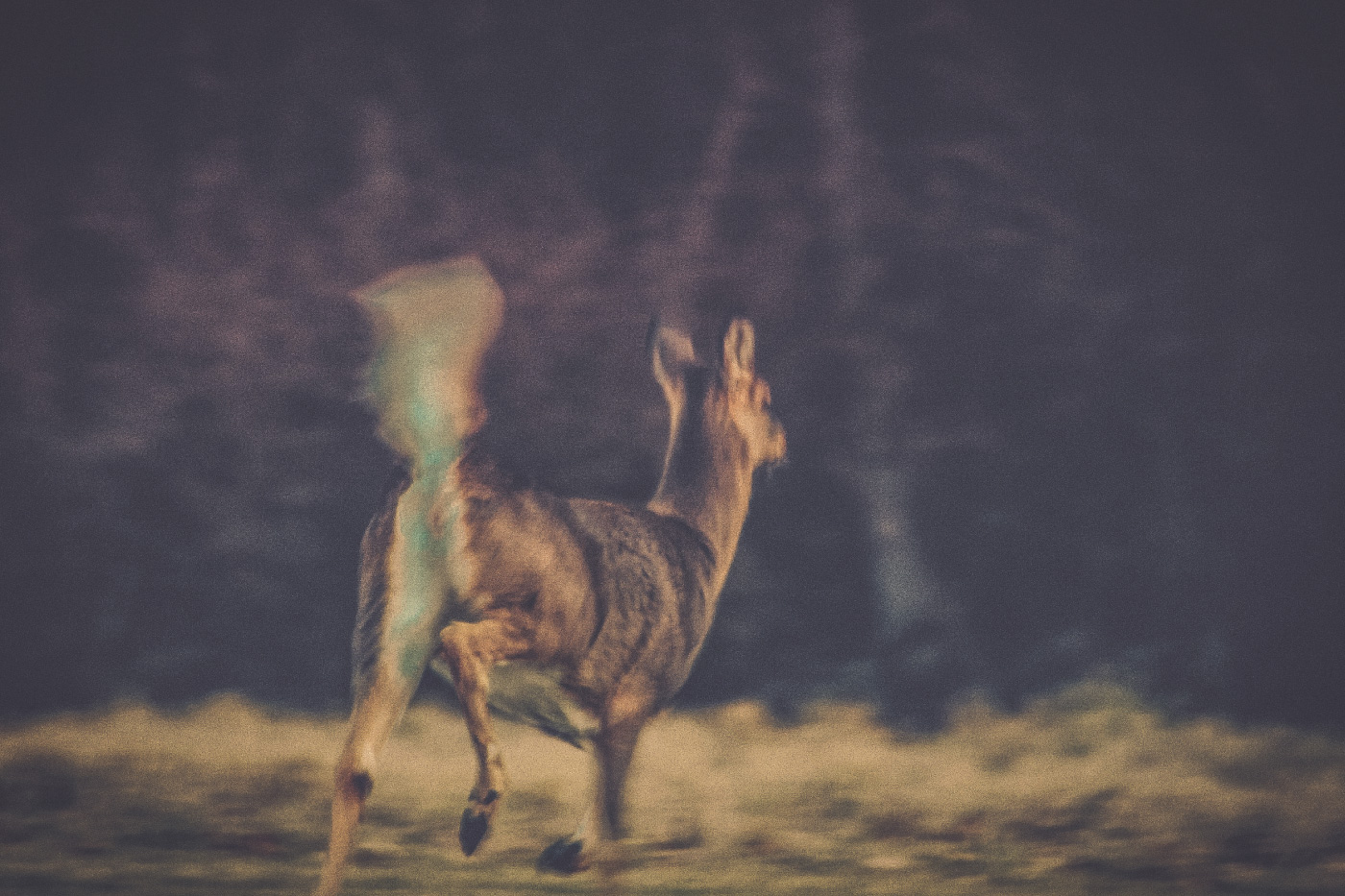Home » News » The Science of Fear: Urban Deer Behavior
The Science of Fear: Urban Deer Behavior

A.J. DeRosa founded Project Upland in 2014 as an excuse…
The science of fear – one of the most basic and important concepts of suburban deer behavior.
As many of you may recall from The Urban Deer Complex, conditioning behavior is the primary driving force behind my hunting methodology. Conditioning is a process in which repeated actions cause a learned reaction over time. In this article, we want to heavily observe how fear develops specific suburban deer behaviors over the course of a whitetail’s life.
The science of fear covers a truly fascinating aspect of deer psychology. Deer have different variations of learned behaviors from the same stimuli across different locations. The locations could be states away or within a mile. We will tackle four major theories of fear and how fear influences suburban whitetail behavior.
Flight Distance
Flight distance is the distance deer determine to be harmful while in the presence of a human. This depends on the habitat conditioning of the deer and, therefore, varies throughout the country. In some areas, the flight distance is twenty yards while in others it could be as far as the eye can see. It all depends on the conditioning.
Theory of Motion
The theory of motion concerns the whitetail’s response to fluid motion. This is an extremely adaptable behavior. The theory of motion has resulted in the invention of many suburban “still” hunting techniques.
Scent is the Strongest Memory
For deer, scent is the “strongest memory.” Depending on the deer, specific scents are associated with known threats and cause fear. Deer might react differently to the same scent depending on the area of the country. This is, once again, a direct result of long-term conditioning. Knowing how deer react to scent can allow hunters to pull back the veil on the classic fear of scent contamination and its actual relevance to hunting.
The Subconscious Fear
In the inner depths of a whitetail’s psyche, fear is subconsciously effecting how a whitetail makes decisions. I originally spoke of this popular topic as the Path of Least Resistance in The Urban Deer Complex.
Understanding these four theories on fear conditioning allows us to unlock another mystery of suburban deer behavior. That mystery is the mystery of fear. By applying this knowledge, we can control yet one more variable in a sport at the mercy of nature and fortune. We are that much closer to increasing our success as evolving predators.
To learn more, keep reading: Flight Distances—The Science of Fear…
A.J. DeRosa founded Project Upland in 2014 as an excuse to go hunting more often (and it worked). A New England native, he grew up hunting and has spent over 30 years in pursuit of big and small game species across three continents. He started collecting guns on his 18th birthday and eventually found his passion for side-by-side shotguns, inspiring him to travel the world to meet the people and places from which they come. Looking to turn his passion into inspiration for others, AJ was first published in 2004 and went on to write his first book The Urban Deer Complex in 2014. He soon discovered a love for filmmaking, particularly the challenge of capturing ruffed grouse with a camera, which led to the award-winning Project Upland film series. AJ's love for all things wild has caused him to advocate on the federal and state levels to promote and expand conservation policy, habitat funding, and upland game bird awareness. He currently serves as the Strafford County New Hampshire Fish & Game Commissioner in order to give back to his community and to further the mission of the agency. When those hunting excuses are in play, you can find him wandering behind his Wirehaired Pointing Griffon in the mountains of New England and anywhere else the birds take them.



